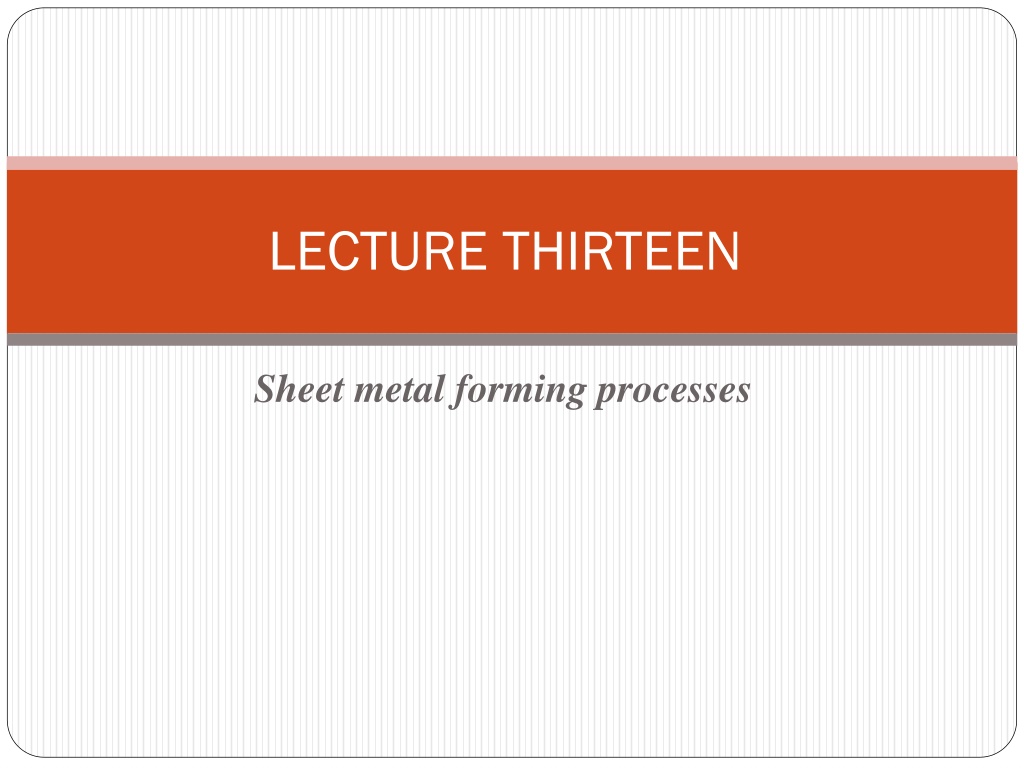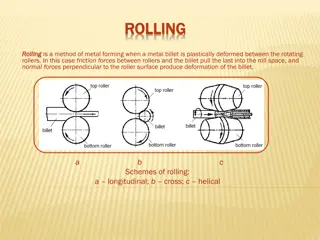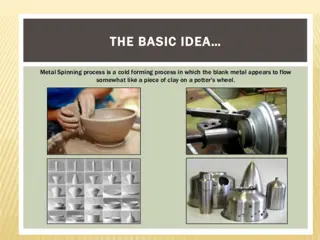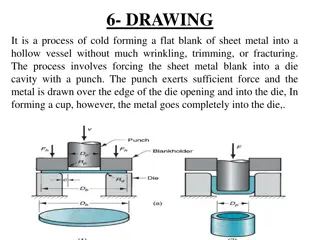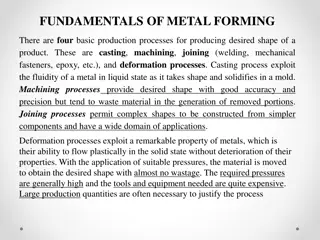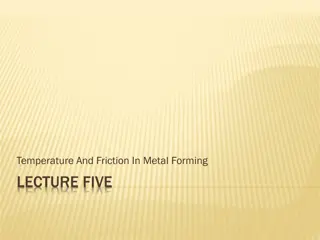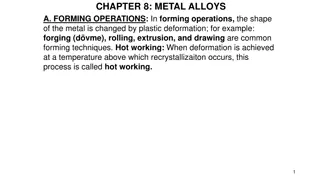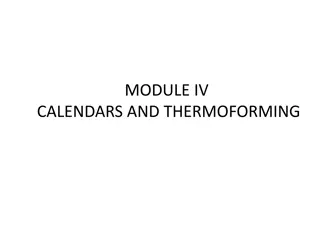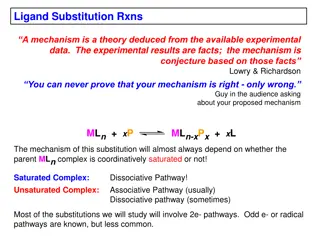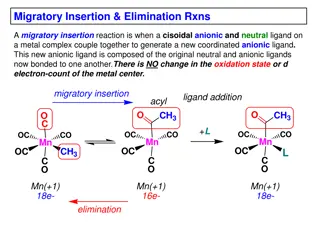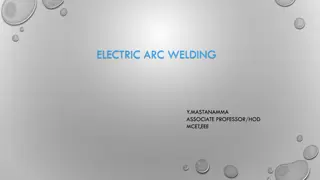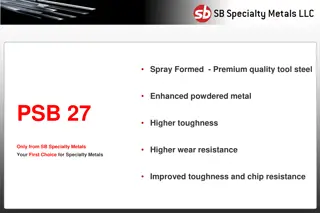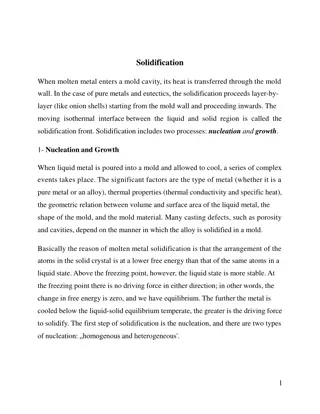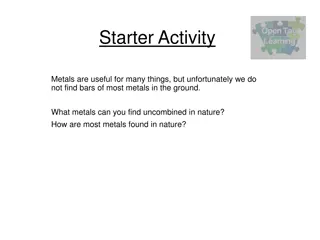Overview of Sheet Metal Forming Processes
Products made of sheet metals are prevalent in consumer and industrial applications, encompassing items like beverage cans, cookware, car bodies, and more. The primary sheet-metal processes include cutting, bending, and drawing, each serving different purposes in shaping sheet metals. Cutting operations such as shearing, blanking, and punching are crucial steps in producing various sheet metal components. The use of different materials like low-carbon steel and aluminum further expands the versatility and applicability of sheet metal forming processes in different industries.
Download Presentation

Please find below an Image/Link to download the presentation.
The content on the website is provided AS IS for your information and personal use only. It may not be sold, licensed, or shared on other websites without obtaining consent from the author. Download presentation by click this link. If you encounter any issues during the download, it is possible that the publisher has removed the file from their server.
E N D
Presentation Transcript
LECTURE THIRTEEN Sheet metal forming processes
Introduction Products made of sheet metals are all around us. They include a very wide range of consumer and industrial products, such as beverage cans, cookware, file cabinets, metal desks, appliances, car bodies figure (13.1). The term pressworking or press forming is used commonly in industry to describe general sheet-forming operations, because they typically are performed on presses. Low-carbon steel is the most commonly used sheet metal because of its low cost and generally good strength and formability characteristics. Aluminum is the most common material for such sheet-metal applications as beverage cans, packaging, kitchen utensils, and applications where corrosion resistance is a concern. The common metallic materials for aircraft and aerospace applications are aluminum and titanium. Most manufacturing processes involving sheet metal are performed at room temperature
Figure (13.1) shows some sheet metal applications
Types of metal forming operations The three major categories of sheet-metal processes are (1) cutting, (2) bending, and (3) drawing as shown in figure (13.2). Cutting is used to separate large sheets into smaller pieces, to cut out part perimeters, and to make holes in parts. Bending and drawing are used to form sheet-metal parts into their required shapes Figure (13.2) Basic sheet metalworking operations: (a) bending, (b) drawing, and (c) Shearing; (1) as punch first contacts sheet and (2) after cutting. Force and relative motion are indicated by F and v
Cutting Operations A) Shearing: Shearing is a sheet metal cutting operation along a straight line between two cut-ting edges by means of a power shear see figure (13.3) Figure (13.3) show the shearing operation and its equipment
Cutting Operations B) Blanking and punching Blanking and punching are similar sheet metals cutting operations that involve cutting the sheet metal along a closed outline. If the part that is cut out is the desired product, the operation is called blanking and the product is called blank. If the remaining stock is the desired part, the operation is called punching as shown in figure (13.4). Both operations are illustrated on the example of producing a washer: Figure (13.4) shows the blanking and punching operations
